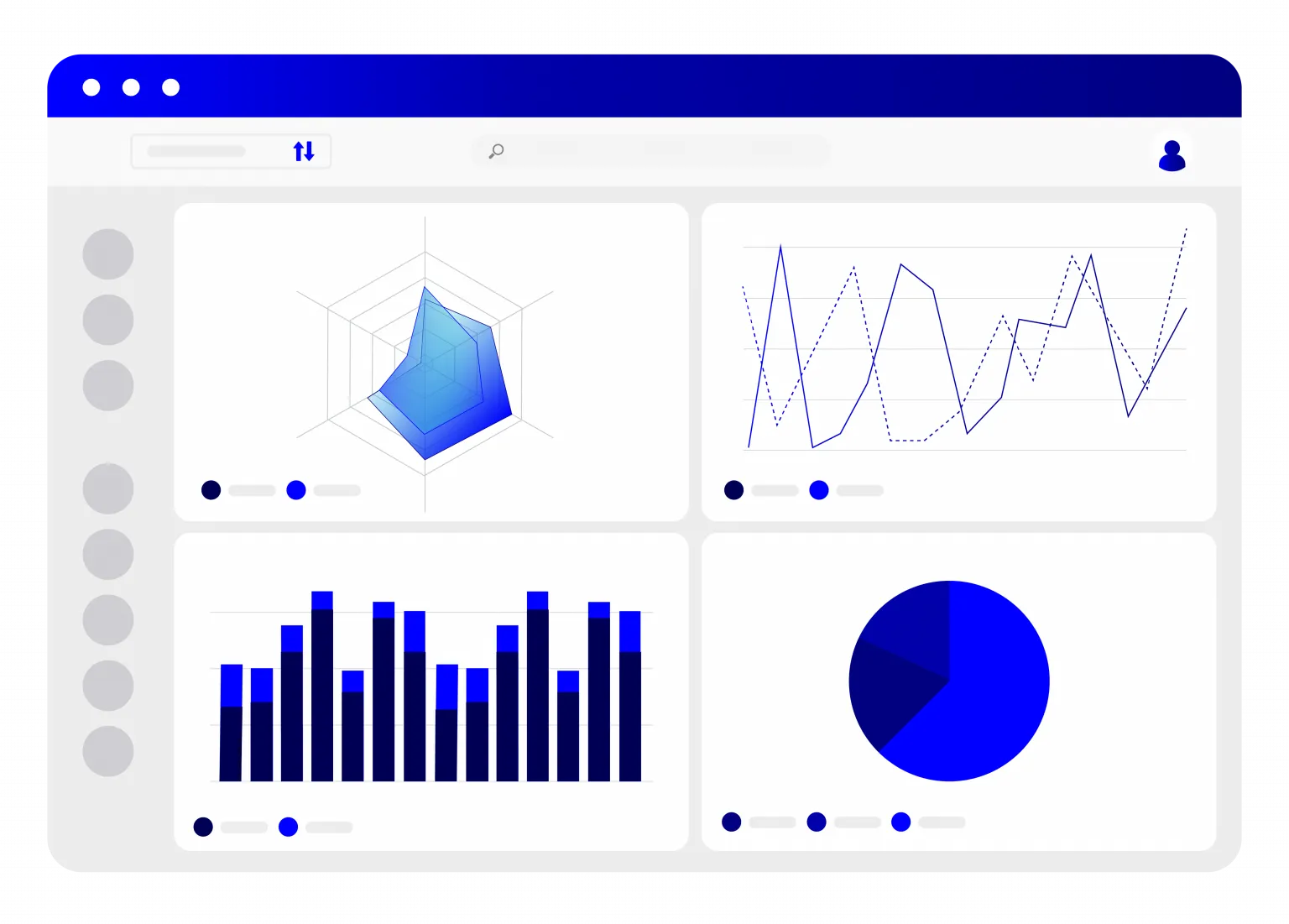Beringar’s smart building sensor solutions achieve high reliability and customer adoption with Super SIM for connectivity
The hybrid work model is expected to nearly double by 2024, according to a 2022 study. But moving to a flexible model has a massive impact on building space usage, especially when it comes to meeting sustainability goals. How are employers getting there? One company based in the United Kingdom has envisioned a tool to help building managers meet the changing dynamic of commercial building use.
When a property management company was seeking a way to improve the utilization of one million square meter space, Beringar co-founders Paul Byrne and Mark Sorsa-Leslie undertook a 12-month research project to find the smartest way to create valuable insights. The result is the most advanced all-in-one smart building sensor solution on the market today.

In short, Beringar makes commercial spaces more productive and sustainable with a smart sensor solution, feeding millions of data points to a facility management dashboard daily. Their sensors deliver crucial data to uncover a deeper understanding of how businesses use (and should use) their physical spaces. These sensors track a range of metrics, from carbon emissions to light levels and more, displaying the data in an easy-to-understand dashboard that can be used in reporting, analytics and dynamic building control.
If you look around in any major city, there is large diversity in building technology. The “smart buildings” category is still an emerging space and requires tremendous proof of concept. Facility managers must be convinced that the solutions will work consistently and accurately – in real time. As they evaluate such solutions, facility managers are making calls on building aspects that can make or break profit and loss, sustainability clearances, and more. The data they use to make those decisions must be accurate and showcase a true impact. Thus, Beringar’s cellular connected solution had to be reliable. Without this, facility managers could immediately dismiss the technology.
After having hundreds of conversations with facility managers all over the United Kingdom, the Beringar team gathered some key insights. First, achieving buy-in from the IT team is critical for the facility manager to even test a solution.
From IT’s perspective, they don’t want the devices on their network, as it can open the door for security vulnerabilities. This makes a cellular-first approach a huge plus because IT doesn’t have to get involved – the devices directly connect to wireless networks instead of local WiFi.
Second, smart building solutions are often retrofitted in older buildings, made with materials that some networks have difficulty penetrating. If you’ve ever tried to make a cell phone call from a basement, then you have some idea of the challenge that Beringar is trying to address; the solution had to be reliable for these circumstances. To meet the needs of this industry, Beringar required cellular connectivity that could offer redundant pathways to a signal. This would be the only way to ensure adoption by facility managers.
There was only one major problem. The first cellular provider that Beringar partnered with came with significant reliability issues. Beringar – and their customers – suffered from unplanned outages, which required on-site visits. This proved to be very difficult to diagnose and had a massive impact on Beringar’s operating expenses. In turn, Beringar looked to Super SIM for cellular connectivity.
Beringar has a plethora of sensors deployed throughout a commercial building. Those sensors connect to a main hub in each building they are deployed in. That hub is connected to the internet through Super SIM.
“With Super SIM, we’ve been able to get the most reliable cellular coverage, with access to 400+ top-tier global carriers. We can control which carriers your devices connect to, so we always get the best coverage, quality, and cost,” said co-founder Sorsa-Leslie. “We’ve launched with 10 buildings so far, and that’s just the beginning. We’re expecting thousands more in the next few years. I’m proud to say that we’ve had no issues with outages since launching with KORE’s technology.”
Facility managers that rely on Beringar are more confident in smart building solutions and are on-track to meet aggressive sustainability goals.
“We’ve even been able to increase the uptime of our solution by 20%, which has a major influence on the confidence our customers can expect from us.”
MARK SORSA-LESLIE | Co-Founder, Beringar
In addition to boosting confidence in the solution, KORE has enabled Beringar to pave the way for software-driven buildings and real-time adaptive management through live sensor data. 
“Since launching with Super SIM, we’ve gathered 100 million data points from our buildings across the world,” says Sorsa-Leslie. “Super SIM gives us the confidence to deliver software-defined building solutions to help decarbonize real estate. As our building managers transition more facilities to a hybrid environment across the region and even into new countries, we can scale seamlessly with them and deliver standardized data and insights into global building trends with the same level of confidence.”
“It is no longer sufficient to hire a space and fill it with desks,” says Sorsa-Leslie. “Businesses now need to consider how their spaces will be changed by the model of work they have chosen to adopt – whether that’s hybrid working, flexible, or fully remote – and how that model changes the employees’ needs.” As Beringar looks to the future, they’ll continue to innovate on smart building solutions that not only meet sustainability targets, but also help companies keep building patrons comfortable and healthy.